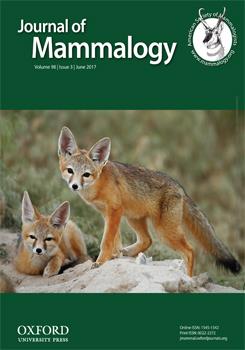Constructing water developments to support anthropogenic activities and particular fauna is pervasive across many arid regions of the globe. Despite their prevalence and a predicted increase as a management and conservation tool, water developments may have complex and unanticipated impacts on wildlife. For example, the addition of water developments to the Great Basin Desert in the western United States may have indirectly contributed to a decrease in distribution and abundance of kit foxes (Vulpes macrotis). From 2010 to 2013, we examined survival, relative abundance, and habitat characteristics of kit foxes in relation to water developments on the U.S. Army Dugway Proving Ground, Utah, using a before-after control-impact design. We collected 2 years of baseline data prior to reducing availability of water and continued data collection for another 2 years after removal of water on one-half of the study area. We found no evidence that removing water influenced survival or abundance of kit foxes. In addition, we found areas associated with the majority of water developments differed from current kit fox territories in elevation, soil type, and dominant cover type; historical use by kit foxes of areas associated with water developments is largely unknown. One explanation for our inability to find support for a water effect is that observed changes in the kit fox population and canid community in the Great Basin are attributable to changes in coyote management practices that temporally coincided with, but were largely unrelated to increases in water availability.
How to translate text using browser tools
3 May 2017
Evaluating the influence of water developments on the demography and spatial ecology of a rare, desert-adapted carnivore: the kit fox (Vulpes macrotis)
Bryan M. Kluever,
Eric M. Gese
ACCESS THE FULL ARTICLE

Journal of Mammalogy
Vol. 98 • No. 3
June 2017
Vol. 98 • No. 3
June 2017
home range
indirect effect
intraguild predation
Kit Fox
relative abundance
survival
water development




